Standards for designing or selecting Museum furniture | Exhibition Showcases
The design, the adaptation or the choice of a Exhibition Showcases shall be determined by the nature of the objects, Museum furniture the characteristics of the exhibition area and by the need of showing an object in safe and secure conditions,while at the same time providing the conditions needed for the preservation of the object. Furthermore, it shall conform to relevant national health and safety regulations.
It is necessary to take into account:
a) the characteristics of the object:
1) dimensions (height, width, depth) and weight,
2) physical, chemical, and structural nature,
3) brittleness and sensitivity in relation to its past material history,
4) monetary value and the attractiveness of the object for thieves;
b) management policies for collections and objects:
1) frequency of turnover or rotation of objects between storage and display,
2) duration of exhibition,
For example:
Exhibition Showcases of National Gallery of Singapore
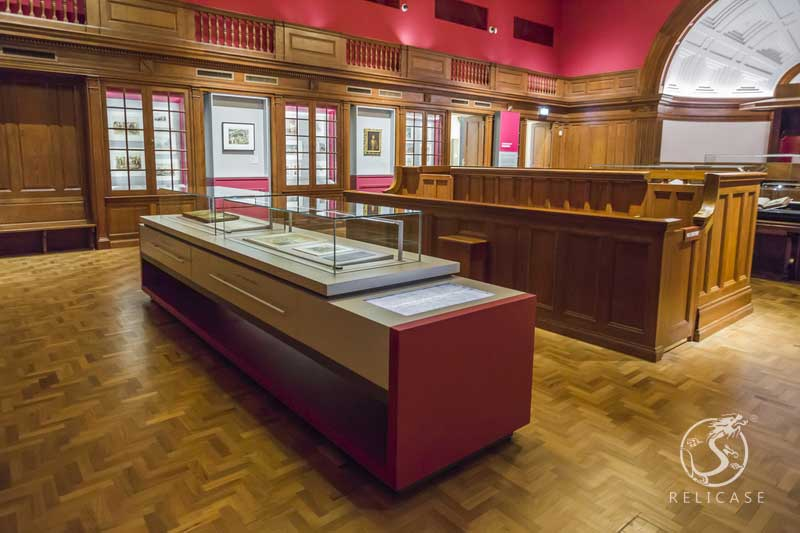
In December 2014, in partnership with Gallagher USA’s Singapore office, We and Trika were given the task of delivering highspecification and customized museum showcases for all the galleries.
Showcases were painstakingly designed and crafted to suit specific galleries. For example, an almost 5m long Mapcase, consisting of four separate showcases, was created within a 2.5 ton metal casing. Various compartments for concealing the functional equipment such as fibre optic lighting systems, semi-automatic soft-closing mechanisms, passive Artsorb ventilators, electronic controls for opening and even a table-top touch-screen were incorporated into this multi-tier assembly.
Anti-reflective glass was assembled and bonded at site with fully mitred joints.
Last New
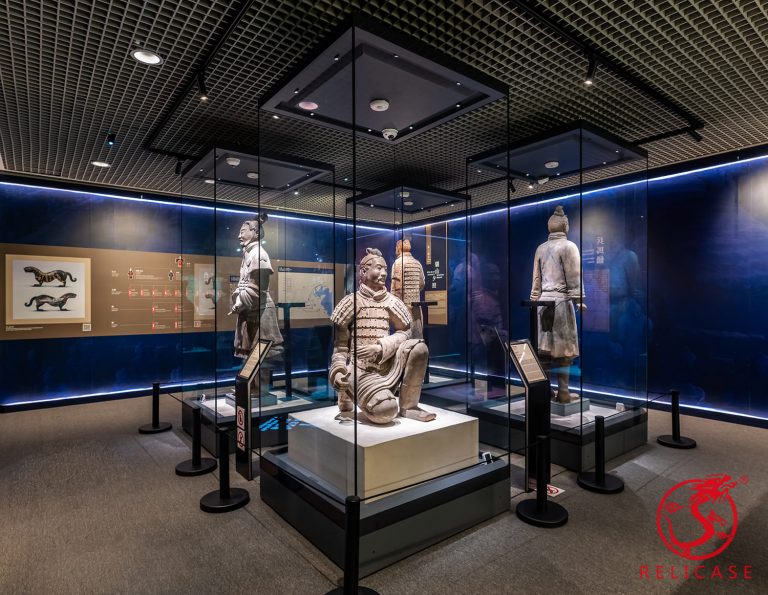
Relicase at Macau Museum: Safeguarding Heritage, Celebrating Legacy
Macau Museum: “Edification of the Masses — Cultural Treasures from the Zhou, Qin, Han, and Tang Dynasties” A Landmark Embraces Innovation The Macau Museum stands proudly atop the historic Mount Fortress, next to the famous Ruins of St. Paul’s. As an iconic symbol of Macau’s history and multicultural heritage, it now embraces the touch of…
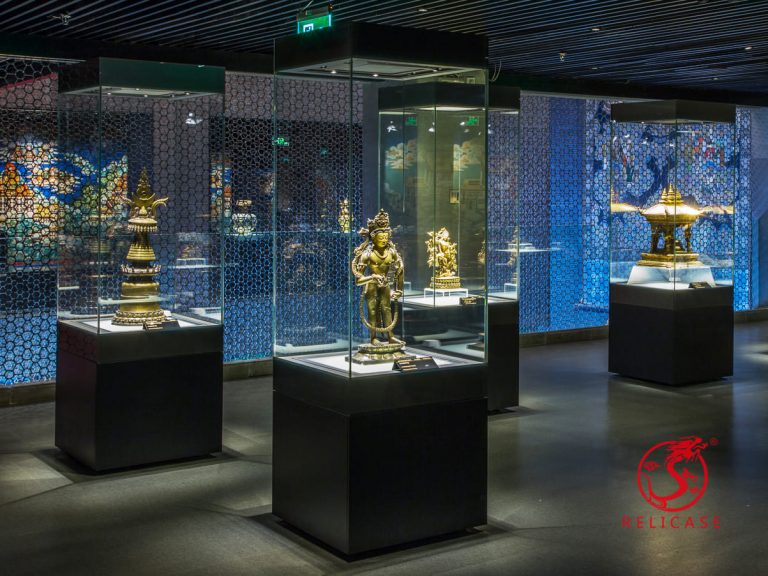
Potala Palace
Abstract On April 26, 2017, Relicase completed the showcase project for the Treasure Hall of the Potala Palace in Tibet. The Collections Hall spans three floors and is divided into two major sections, showcasing a total of 273 individual artifacts and replicas, as well as 155 sets of artifacts (or 159 sets, including 147 sets…
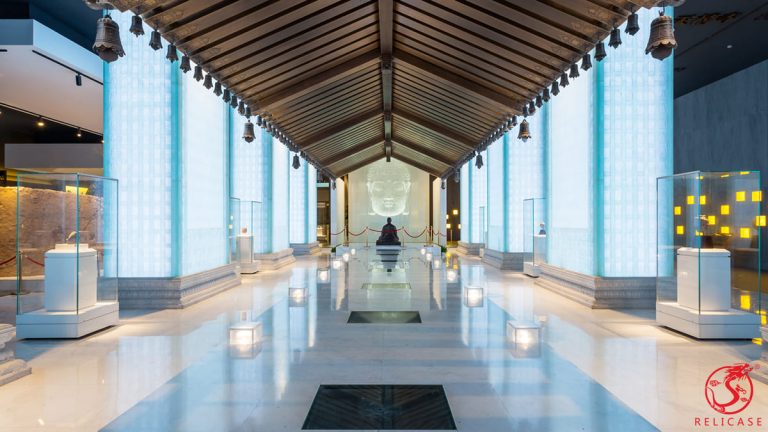
Porcelain Tower of Nanjing
Abstract The Porcelain Tower of Nanjing, named and constructed by Emperor Yongle of the Ming Dynasty to honor his parents’ boundless love and virtue, stands as a symbol of filial piety. Celebrated in Du Mu’s poetic lines, “Four hundred and eighty temples of the Southern Dynasties, how many pavilions linger in the mist and rain,”…
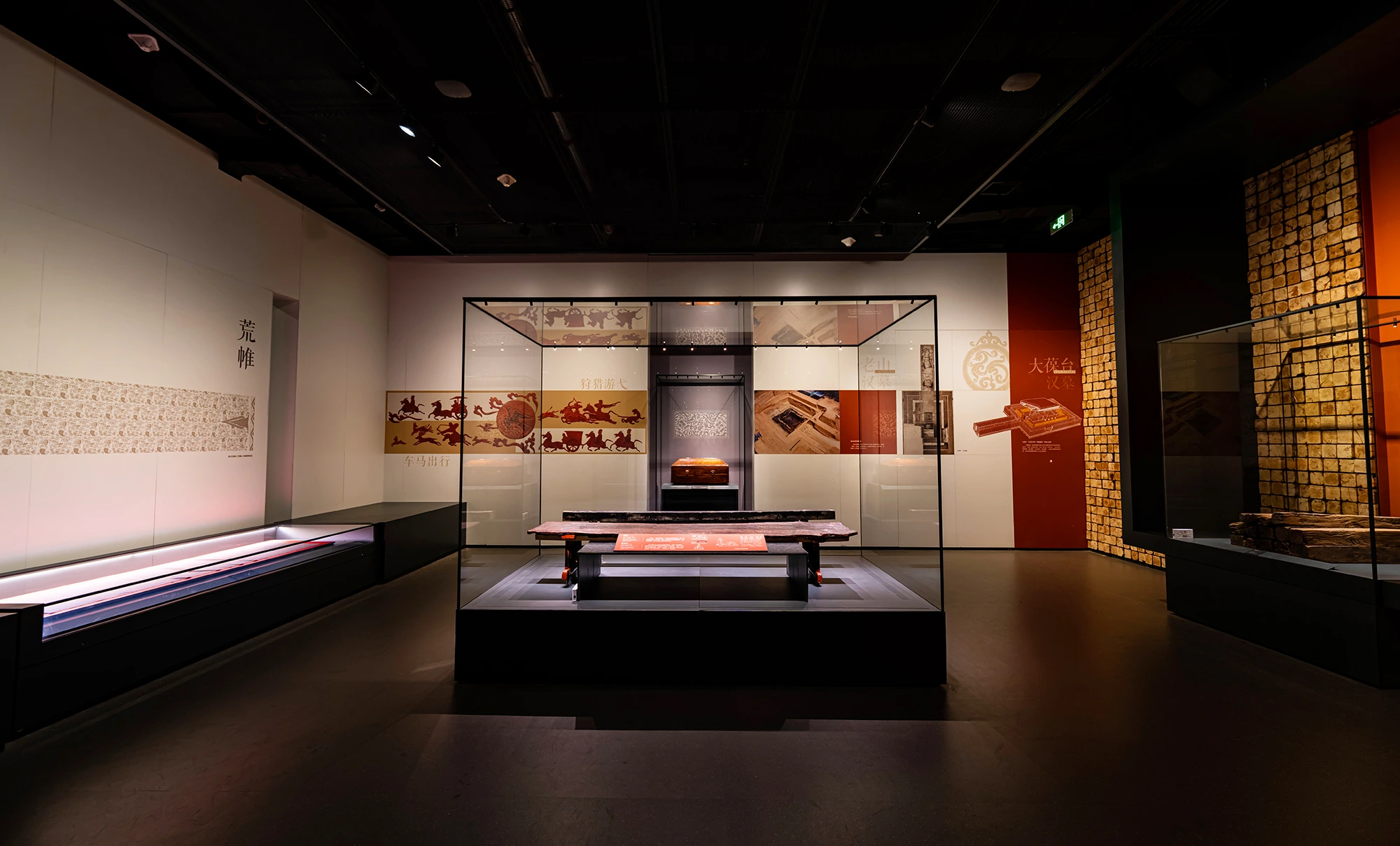
The basic guide to Museum Showcase Glass
As museums continue to modernize, the glass used in display cases has undergone a remarkable transformation to meet ever-evolving requirements for safety, visibility, and artifact preservation. The shift from basic transparent materials to specialized, high-performance glass highlights the strides made in exhibition technology. The Journey of Museum Showcase Glass Historically, glass in museum showcases was…

How to Design Lighting for Museum Display Cases
Museum display cases are freestanding, touchable structures. To comply with engineering safety standards, the lighting inside these cases should operate on low-voltage input. Relicase, in line with national standards, ensures the display cases they manufacture meet the following specifications: 1. Protective or isolating measures must be in place between the lighting fixtures and the display…

Display Case Project Research: French Pavilion Shanghai Expo 2010
Project Introduction Architect: Jacques Ferrier Architectures Scenography Engineering: Scenos-associes Vitrines Design: Scenos-associes Vitrines Fabricate & Installation: Relicase Originally constructed as a train station for the 1900 World Fair, the Musée d’Orsay is situated in Paris on the left bank of the Seine River. It has served as a hotel, auction house, and post office for…
